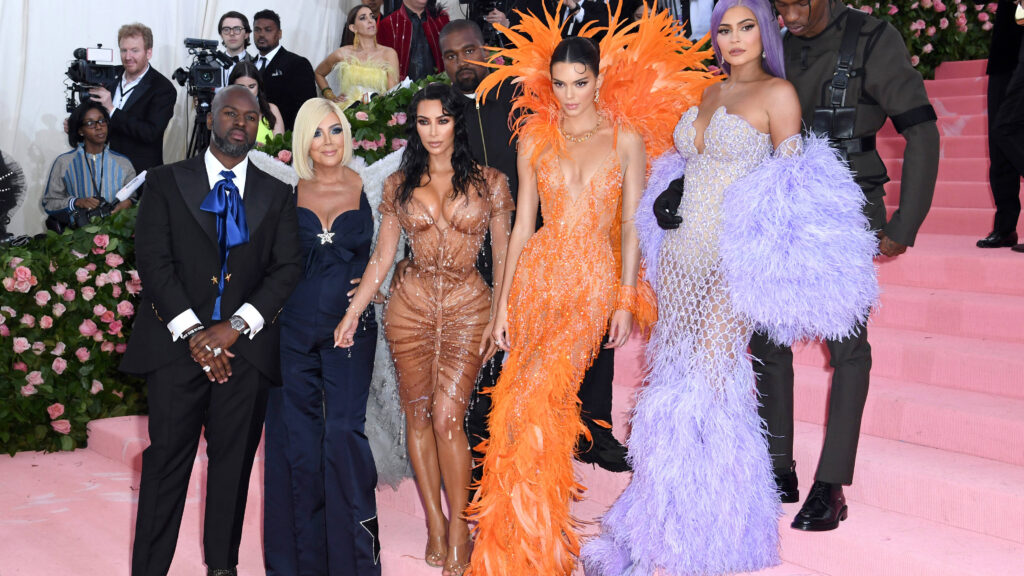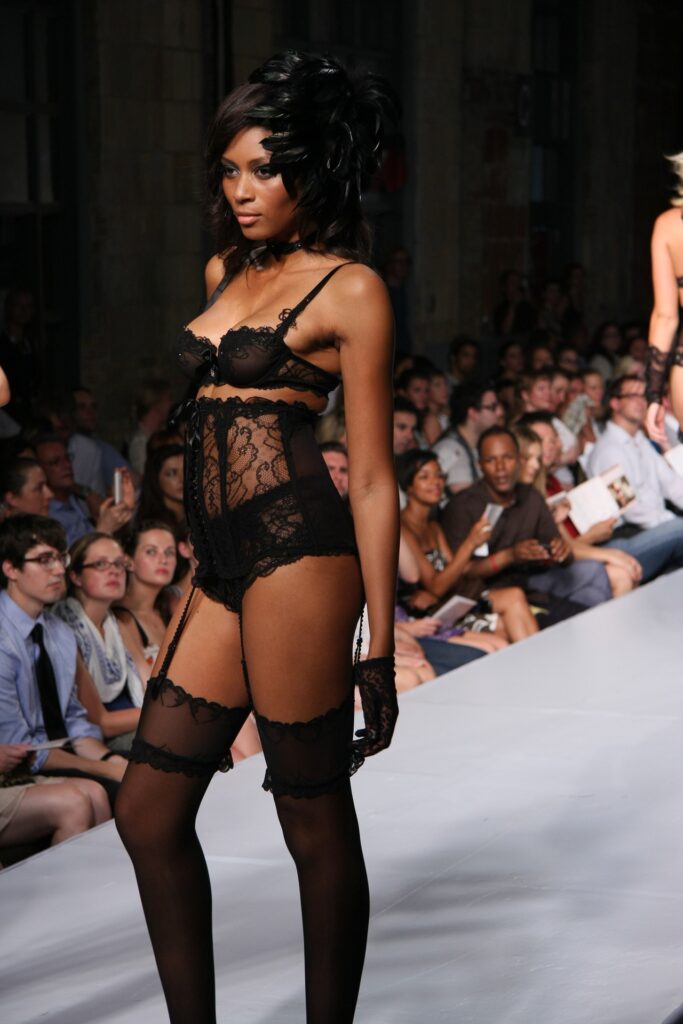
How Much you can Make as a Runway Model
How much you can make as a runway model. Supermodels earn millions of dollars every year. Top-earning model Kendall Jenner earned $22.5 million in 2018, and the top 10 highest-paid models collectively earned over $113 million.
But these amounts include what these models make from endorsement deals and other business partnerships, and do not include tax and fees to agents and managers.
The relatively unknown runway models, however, have a wildly variable salary; they can make anywhere from $0 to $20,000 or more for a single show. Yes, starting from $0.
Sadly, it’s not unheard of for runway models to be paid nothing for a show and being rewarded instead with exposure; sometimes free food, clothing, or other merchandise.
Runway models would sometimes have to choose jobs that aren’t very high-profile but paid cash, or prestigious shows that offer very little but exposure and opportunities to mingle with the movers and shakers in the modeling industry.
It’s a tough industry to break into and earn a lot, but if you persevere and keep working hard and reaching out to the right people, you’re going closer to your target wage.
Check out below some other modeling careers to consider
Runway-modeling simply isn’t for everyone. It takes a certain look, body type, and height to be a runway model. But this doesn’t mean you can’t be a model. Here are other modeling careers to consider.
Fashion/Editorial model
Editorial or print modeling refers to showcasing fashion designers and trends through a pictorial story. Modeling in these editorials is highly desired because these editorials set the current trends. The standard height requirement for fashion models is 5 feet and 9 inches to 6 feet, as well as a lean, skinny body type.
Catalog model
The purpose of catalogs is to attract customers to purchase products or avail of their services with catchy visuals and persuasive copy. Thus, catalog models look more like real, everyday people to catch the buyer’s attention. The physical requirements of catalog models aren’t as strict as those of editorial models, although they do have to have personality and a dazzling smile.
Promotional model
Also, known as “promo models” or “brand ambassadors,” they interact with customers directly with the aim of attracting them to the product or service that the models are promoting. As with all other models, promotional models have to be conventionally attractive, but more than that, they’ll have to be smart and articulate to be able to share their in-depth knowledge about the product they’re promoting to potential customers.
Promotional models are usually assigned in trade shows, events, malls, and other public spaces.
Parts model
Nope, we don’t mean car parts. A parts model shows off a specific part of the body, such as a hand, leg, foot, facial features, chest, lips, eyes, and other body parts for editorial, commercial, and catalog work. The demand is mostly for attractive body parts, but there are also companies and advertisers that look for unattractive body parts, depending on the type of campaign they’re running.
Fitness model
If your body type is lean but more muscular than skinny, being a fitness model might be for you. Being a fitness model for the long-term is demanding; it requires models to maintain their toned physiques and body weights to continue working.
Fitness models are in demand by athletic wear, supplement, and fitness companies.
Plus-size model
The usual size for runway models and models, in general, is “tall and skinny.” But plus-size models are now slowly making their own space in the modeling industry, with models like Ashley Graham and Tess Holiday being highly popular.
Generally, speaking, plus-size models are larger than the average model, but this doesn’t automatically mean overweight or obese; they normally wear between a US size 8 to a US size 14. In fact, the majority of women in the US would be considered plus-sized. The good news is this industry is growing; more and more fashion agencies are hiring plus-size models and redefining the standards of “beauty” in this industry.
Plus-size models are increasingly in demand in catwalks, editorials, and commercials.
Possible Careers After Runway Modeling
Runway modeling is not a lifelong career. And while you’re reaping the benefits of your runway modeling, start thinking about your future after runway modeling. Save yourself from the shock of a career shift by considering this early on and recognizing it as inevitable.
Here are some careers that you can consider taking up when you’re done being a runway model:
- Fashion design
- Fashion consultant
- Makeup artist
- Fashion stylist
- Fashion journalism/blogging
- Photography
- Hairstylist
- Influencer/brand ambassador
- Fitness instructor
- Acting/show business
- Any passions or interests outside of fashion
The Keys to Becoming a Successful Runway Model

Becoming a runway model seems easy and glamorous. But as we’ve learned today, it’s actually a challenging job in a highly demanding industry. It’s going to take plenty of discipline, hard work, and perseverance to become a successful runway model.
Hopefully, this article helped you create a strategy to get started as a runway model.
